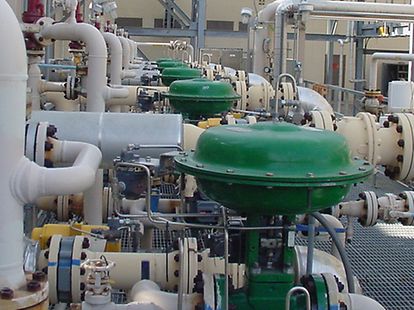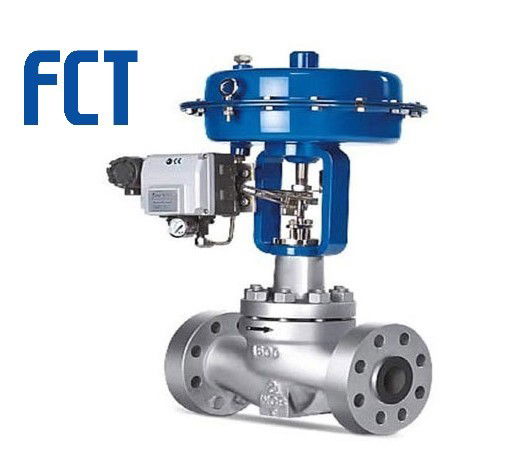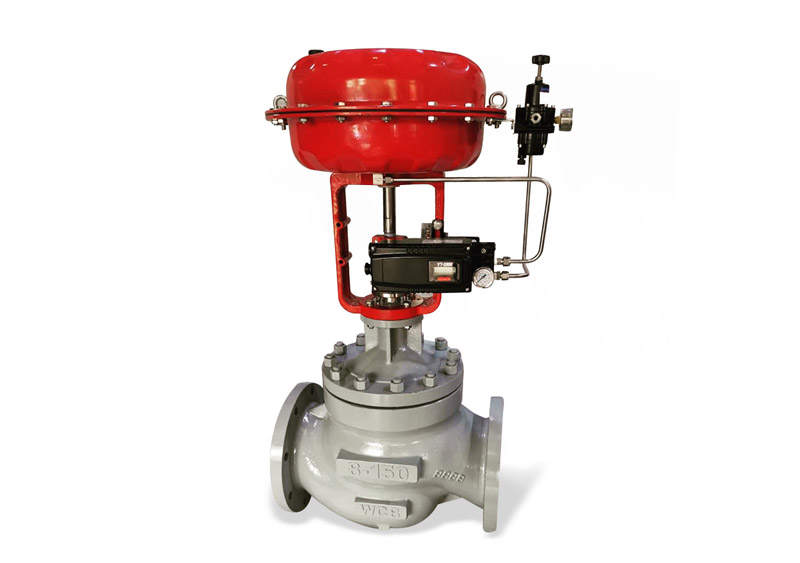
Maximize Energy Savings and Convenience With Advanced Building Automation Controls
In the realm of contemporary style and center monitoring, the assimilation of advanced building automation manages stands as a critical advancement. By harnessing the power of automation, structures can adapt, respond, and advance in methods that were as soon as unthinkable.
Power Efficiency Benefits
Energy effectiveness advantages can significantly decrease power intake and operational expenses in structures. By executing energy-efficient methods and innovations, structure owners and operators can accomplish considerable cost savings while additionally adding to ecological sustainability. One of the main benefits of enhancing power effectiveness in structures is the decrease of utility bills. Energy-efficient systems, such as innovative building automation controls, can enhance making use of sources like air conditioning, heating, and illumination, bring about reduced energy costs over time.
Furthermore, enhanced power performance can extend the life-span of structure equipment and systems. By running much more successfully, a/c systems, light, and various other building components experience much less damage, leading to reduced maintenance and substitute expenses. In addition, energy-efficient structures commonly command greater residential property worths and rental prices, giving lasting financial benefits to proprietors.
In addition, power effectiveness can boost owner convenience and performance. Correctly managed indoor environments with optimal illumination and thermal problems develop an even more helpful and pleasurable work space, resulting in improved employee fulfillment and performance. Generally, the energy efficiency advantages related to advanced building automation controls are complex, encompassing expense savings, environmental stewardship, and resident health.
Enhanced Comfort Control
Enhancing convenience control in building atmospheres calls for a sophisticated integration of advanced automation systems for optimal occupant health. By using advanced structure automation controls, centers can customize the interior environment to satisfy the specific requirements and preferences of occupants. These systems allow exact guideline of lighting, ventilation, and temperature, producing a comfortable and efficient ambience. Passenger complete satisfaction and performance are closely connected to thermal comfort, making it important to have systems in position that can adapt to transforming problems in real-time.
Boosted convenience control surpasses standard temperature level adjustments. It consists of functions such as customized settings, tenancy sensors, and natural light utilization to create a vibrant and receptive atmosphere. By including these innovative controls, buildings can not just enhance convenience yet likewise improve energy performance by optimizing system procedures based upon actual tenancy and use patterns. Ultimately, prioritizing passenger convenience via innovative automation systems brings about a more satisfying and much healthier interior setting.
Operational Effectiveness Improvements

Additionally, the execution of real-time monitoring and analytics devices enables structure drivers to identify power ineffectiveness and operational abnormalities quickly. By continually keeping an eye on power usage patterns and system efficiency metrics, adjustments can be made in real-time to maximize energy consumption and make sure peak functional effectiveness. control valves. In addition, integrating need action techniques right into building automation controls can further boost operational efficiency by dynamically changing power use based upon grid problems and rates signals
Indoor Environment Optimization
Reliable indoor climate optimization is a fundamental facet of structure automation controls, making sure occupants' convenience and well-being while taking full advantage of energy savings. By utilizing sophisticated sensors and controls, developing automation go to this web-site systems can constantly check and change temperature, humidity degrees, air high quality, and ventilation to develop an optimum indoor environment. Keeping comfy and consistent conditions not just improves resident contentment yet additionally enhances efficiency and overall wellness.
Indoor climate optimization additionally plays an important duty in power efficiency. By fine-tuning home heating, air conditioning, and air flow systems based upon real-time information and occupancy patterns, constructing automation controls can significantly lower energy usage - control valves. For instance, carrying out methods such as demand-controlled ventilation and thermal zoning can assist lessen energy waste while making sure that each location of the building obtains the required conditioning.

Lasting Environment Creation
Structure automation controls not just optimize interior climate problems for energy performance and occupant convenience however likewise lay the foundation for creating a lasting environment via calculated management of systems and resources. By incorporating sophisticated building automation technologies, such as sensing units, actuators, and intelligent software program, centers can keep track of and adjust power usage in real-time to minimize waste and decrease their carbon footprint. These systems allow anticipating upkeep, identifying possible concerns before they rise and enhancing equipment efficiency to enhance long life and efficiency.
Additionally, sustainable environment development extends past power administration to encompass water preservation, waste reduction, and interior air quality renovation. Structure automation controls can control water usage, spot leakages, and make certain correct waste disposal techniques, adding to total sustainability initiatives. Additionally, by managing and keeping track of ventilation and filtering systems, these technologies enhance resident wellness and efficiency while lowering energy intake related to heating and cooling procedures.
Verdict
Finally, advanced building automation regulates offer substantial benefits in terms of energy cost savings, comfort control, functional efficiency, indoor climate find more optimization, and producing a sustainable environment. By carrying out these controls, structures can accomplish optimal efficiency while minimizing power usage and improving passenger convenience. It is noticeable that the use of advanced automation innovation is critical in enhancing structure efficiency and developing a more sustainable future.
Power efficiency benefits can substantially minimize energy consumption and operational costs in structures. Generally, the power effectiveness advantages linked with sophisticated building automation controls are multifaceted, encompassing cost savings, environmental stewardship, and occupant health.
Furthermore, incorporating need reaction techniques into structure automation controls can better boost operational efficiency by dynamically readjusting energy usage based on grid problems and pricing signals.
Structure automation regulates not only maximize interior climate problems for energy efficiency and owner convenience but additionally lay the structure for producing a sustainable setting with strategic monitoring of sources and systems.In final thought, advanced structure automation manages offer significant advantages in terms of energy savings, convenience control, functional efficiency, interior environment optimization, and producing a sustainable atmosphere.